Southwest
Navy veteran student recounts saving his ASU classmate from stabbing attack: 'Compelled to do something'

The quick action of a Navy veteran turned Arizona State University student may have saved the life of a fellow student, who was repeatedly stabbed in a seemingly random attack on campus.
On Sept. 19, Kaci Sloan, 19, allegedly lunged at Mara Daffron, 19, as the pair arrived for class at ASU’s West Valley campus in Glendale.
Police said that Sloan stabbed Mara twice before classmate and Navy veteran, Matthew McCormick, intervened.
“I’ve never seen anything like this and I hope I never do again,” McCormick told FOX 10 Phoenix.
FOX TRUE-CRIME PODCAST WITH EMILY COMPAGNO ‘CRIMES ON CAMPUS’
WATCH:
The veteran said that he was settling in his microeconomics class when he spotted Sloan lunging towards Daffron, saying that he immediately felt “compelled” to do something to help the situation.
“In that moment, I didn’t really have a thought going through my head, I just knew that I felt compelled to do something,” McCormick said.
I just knew that I felt compelled to do something…
The attack against Mara Daffron was apparently random, according to court documents. (Facebook)
McCormick’s quick action stopped Sloan – as she was going in for a third strike.
“As she was going for a third attack, I was able to grab her wrists and apprehend her before further damage could be done,” he said.
ARIZONA COLLEGE STUDENT STABBED TWICE IN RANDOM CLASSROOM ATTACK
Police corroborated McCormick’s account in a probable cause affidavit obtained by Fox News Digital, saying that one of the witnesses “was able to disarm the defendant by pulling the knife away from the defendant’s right hand and threw it [sic] away from them.” Another witness then “kicked the knife to the back of the classroom.”
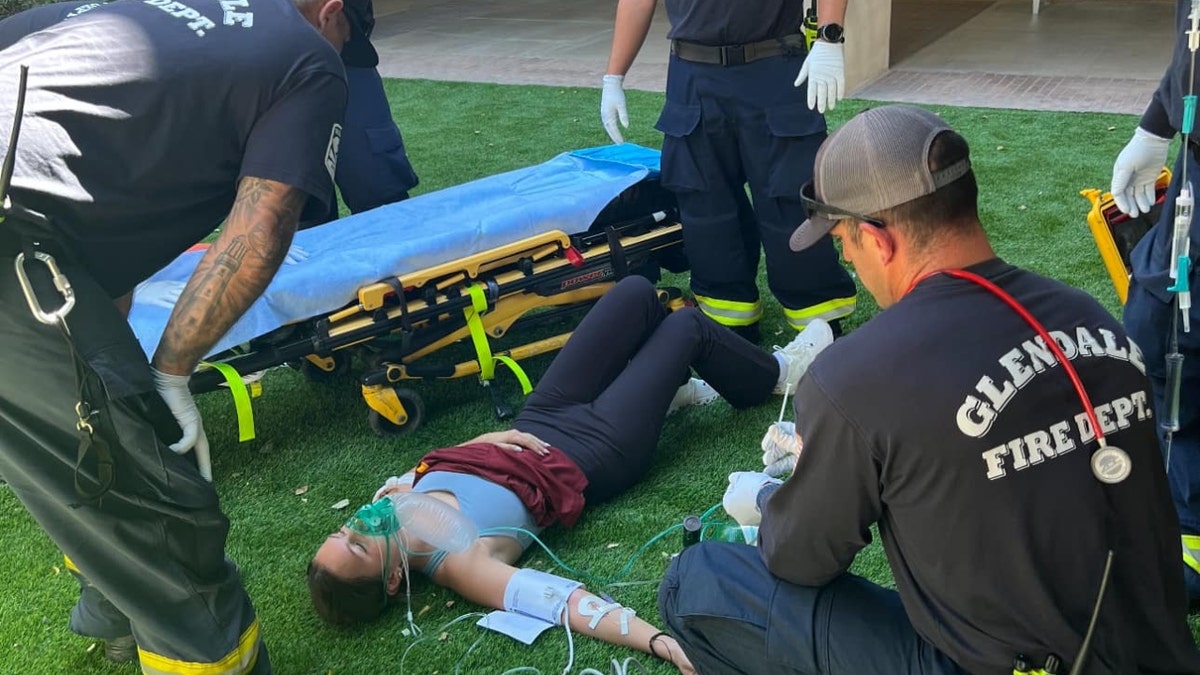
Mara Daffron was allegedly stabbed twice in an ASU classroom by fellow student Kaci Sloan. (Facebook)
McCormick noted that he was not the only good Samaritan to step in, saying that they were “locked in.” Maricopa County authorities said that 13 witnesses were present at the horrific attack.
“It was a great job by everybody that was in that room; by the EMTs, the paramedics and police. Everybody responded really, really well. 9-1-1 calls were pretty instantaneous and everybody seemed pretty locked in and knew what to do,” he said.
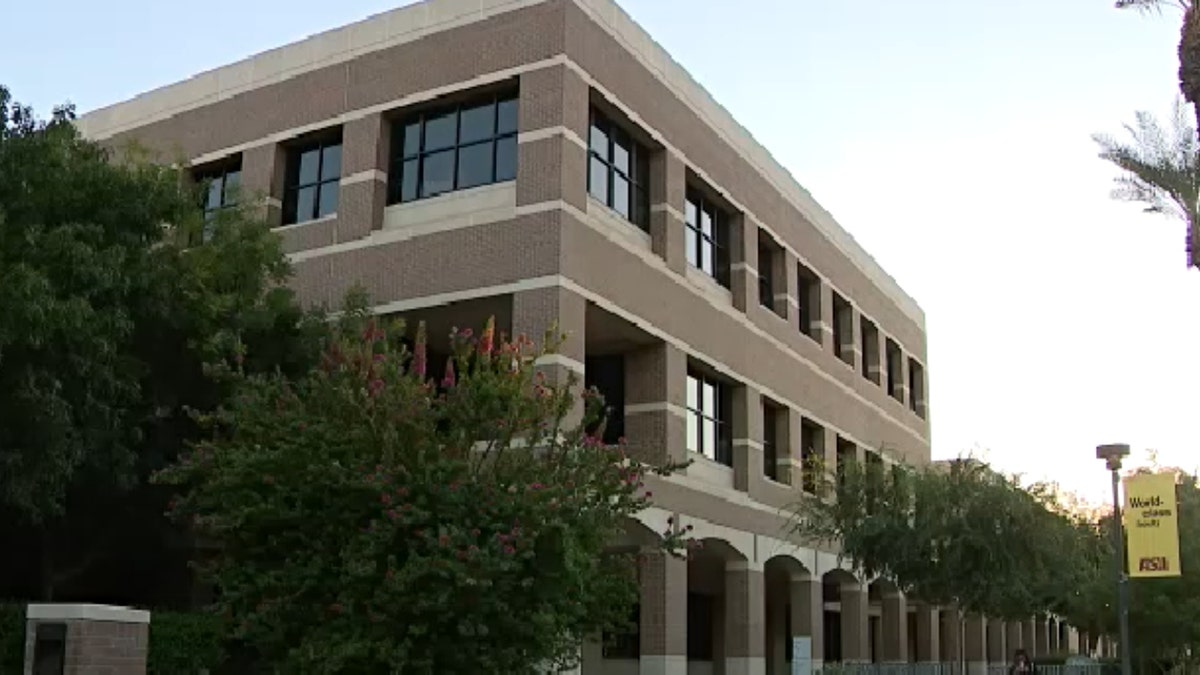
The stabbing occurred in a classroom on ASU’s campus on Sept. 19. (FOX 10 Phoenix)
After the attack, Daffron was transported to a nearby, where she underwent surgery following the attack.
INDIANA UNIVERSITY FRATERNITY BROTHER ACCUSED OF ATTACKING MULTIPLE FEMALE CLASSMATES IN ONE WEEK
“We miss you. To you and your family, I pray for your return, and I’m just so thankful that your family was able to remain whole through this tragedy,” McCormick said.
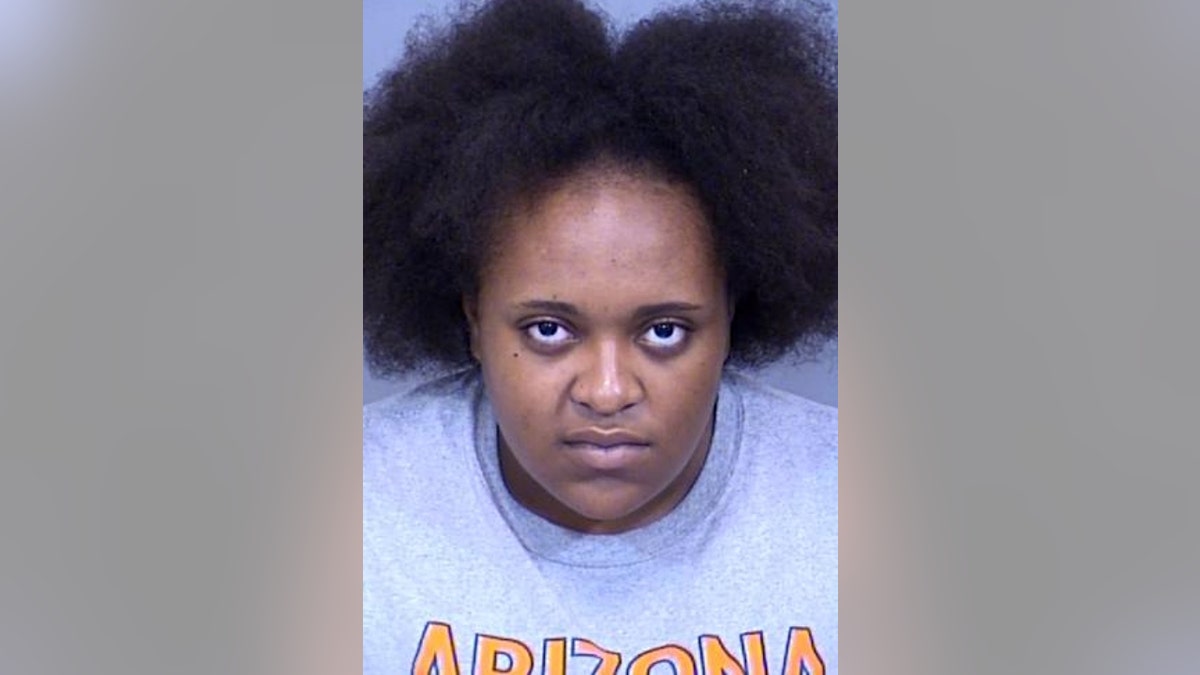
Maricopa County authorities charged Kaci Lenise-Charlie Sloan, 19, with aggravated assault with a deadly weapon and disorderly conduct with a weapon in connection with the attack against student Mara Daffron. (Maricopa County Sheriff’s Office)
According to court documents, one professor told police that the stabbing occurred “without any provocation or any words spoken.”
Chilling letters found by authorities following the stabbing showed that Sloan referenced an act she was “about to commit,” but it did “not specifically state what she was referring to.”
Sloan also apparently expressed the desire to “hurt somebody” in class that day in an interview with detectives after the alleged attack and chose to target Daffron because she was “an easier target” than the other person she apparently considered attacking.
Sloan is facing several charges in connection to the stabbing, including attempted murder in the first degree.
Fox News Digital’s Audrey Conklin contributed to this report.
Read the full article from Here

Los Angeles, Ca
Many loathe public speakerphone calls, so why do people do it?

(NEXSTAR) – Few things are as universally reviled as a loud phone conversation infringing on your personal space. (Mosquitoes and taxes aside.) Doing it on loudspeaker is even more incendiary.
To me, having a phone conversation on speakerphone in public is puzzling. Doesn’t it make it harder to hear for everyone involved? Yet in the past month I’ve seen this behavior play out in a crowded airport terminal, the lobby of a boutique fitness studio and the grocery store pasta aisle. (Nowhere is safe!)
Aside from being odd, it’s rude, say etiquette experts. “Taking a call on a loudspeaker around others can unintentionally send the message that you’re not considering their presence or personal space,” said Myka Meier, founder of Beaumont Etiquette. “It can come across as inconsiderate or even self-centered, as though you assume everyone else should be subjected to your conversation.”
The fact that it’s a phone conversation — not just in-person chit-chat — could be part of the reason people find loud speakerphone calls so grating, speculated Ozlem Ayduk, professor and chair of the UC Berkeley psychology department. Because people have another choice (using headphones, or waiting until they get off the hypothetical bus), it seems like an intentional affront to other people’s peace and quiet.
“Talking to someone out loud in person on a bus where you’re dominating everybody else’s consciousness is just as rude as talking on the phone … in terms of real impact, it’s the same,” Ayduk said. “But there’s something about it being a phone, because I think we have conceptions that phone conversations are private, so it’s violating that expectation or assumption.”
People who use hearing aids (and might experience feedback when they hold a phone up to their ear) may get a free pass, but they’re not the only ones transgressing this unspoken rule.
The motivations for those without hearing impairment isn’t clearcut. It could be a number of things that lead to people speaking loudly — on the phone or otherwise — with abandon.
“I have no idea, but the person talking on the phone on a bus could be like, I don’t give a damn about all these people, you know, they’re just strangers to me. I’m never going to meet them again,” Ayduk said. “There may be some more nefarious reasons like somebody is narcissistic and they want to show the world how many friends they have. It could be totally benign to nefarious.”
They may also have trouble reading social cues and may not realize how their behavior impacts others, she explained.
Plus, how we act in any social situation also depends on the context we grew up in, our individual values and our goals. What’s rude to one person could be completely fine to another.
“We tend to temper our behavior depending on how we think it’s perceived, how socially acceptable those behaviors are,” Ayduk said.
The more you see the behavior happening around you, the more normalized it becomes. So if you see people speaking loudly on the phone all the time, you may not shy away from doing it yourself.
“Humans learn from observing other people’s behaviors. And especially in situations where there may not be very strong established norms, they look to others to gauge their own behavior,” she said.
Meier, for her part, hopes the norms around loud phone conversations won’t change too much. She suggests using speakerphone in private settings only, and generally being mindful of the people around you when taking a call.
“Whether you’re on the street, in a coffee shop, or even on public transport, the goal is to minimize the impact your conversation has on everyone around you. Being discreet and respectful makes all the difference,” she said.
Despite my fascination with this slice of human behavior, there hasn’t been much academic interest. Ayduk said she wasn’t aware of any scientific studies or journals published on the matter. (Free research paper idea for anyone who wants it!)
In the meantime, the conduct will remain a mystery to me. But people are complicated, after all. That’s what makes them so interesting to study.
Southwest
Immigrant murder convictions 'tens of thousands' higher than ICE's bombshell figures: data expert
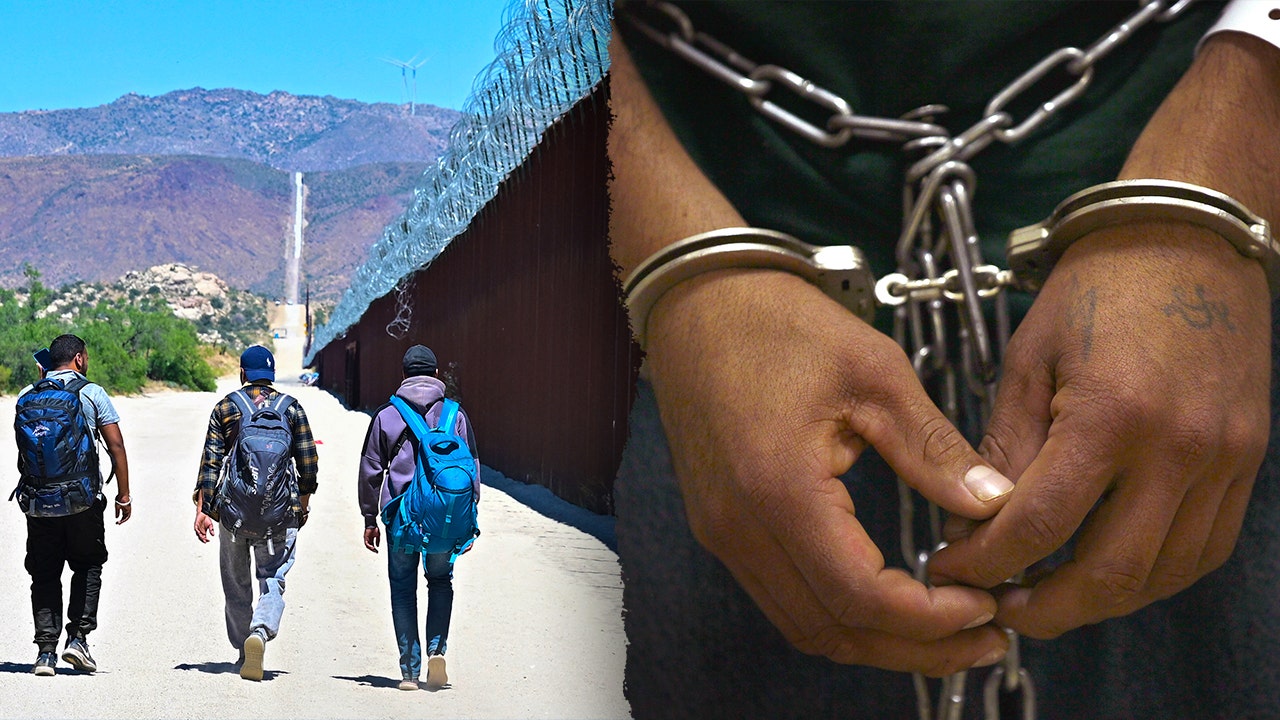
The total number of immigrant noncitizens in the U.S. who have murder convictions is likely “tens of thousands” more than the 13,400 listed on Immigration and Customs Enforcement’s (ICE) national docket, given the criminal records of border-hoppers in their native countries are not baked into the data, a data expert tells Fox News Digital.
The bombshell figures released last week via ICE’s national docket show that 277 noncitizens are currently being held by ICE, while 13,099 noncitizens are on the non-detained docket with homicide convictions. ICE’s non-detained docket includes noncitizens who have final orders of removal or are going through removal proceedings but are not detained in ICE custody.
Of the 13,099 convicted murderers not being detained by ICE, it is unclear how many are incarcerated by federal, state or local law enforcement, or roaming the streets. There are an additional 1,845 on the non-detained docket with pending homicide charges.
In total, 662,566 noncitizens with criminal histories are on ICE’s national docket, which stretches back decades.
US OFFICIALS NAB PERUVIAN GANG LEADER WANTED FOR NEARLY 2 DOZEN KILLINGS IN HOME COUNTRY: ‘SIGNIFICANT THREAT’
Texas National Guard troops watch over more than 1,000 immigrants who had crossed the Rio Grande overnight from Mexico on Dec. 18, 2023 in Eagle Pass, Texas. (John Moore/Getty Images)
The figures underline the serious threat illegal immigration and not vetting immigrants thoroughly poses to law-abiding people living in the U.S. The figures sparked an outcry from border security advocates.
Sean Kennedy, who specializes in law enforcement and crime data analysis, said the numbers of noncitizens in the U.S. who have murder convictions — as well as convictions for other crimes like assault and rape — is much higher than the 13,376 on ICE’s detained and non-detained dockets because those convictions only apply to crimes committed in the U.S. and not murders committed in migrants’ home countries.
“We don’t know how many people have come into the United States over the last decades, let alone in the last few years, who have criminal convictions or offenses overseas,” Kennedy said. “Very few of the migrants who crossed the border who have criminal records will ever be properly vetted because the criminal records in their home countries are insufficient, they’re not compatible with, or they’re just plain not shared with the United States. And we’ve seen this over and over again.”
Kennedy cited the case of a Peruvian gang leader, Gianfranco Torres-Navarro, who was wanted for nearly two dozen murders in his home country and entered the U.S. illegally at the Texas-Mexico border on May 16, as an example of how the vetting process is letting violent criminals into the U.S.
He was arrested by U.S. Border Patrol near Roma, Texas, before being released into the U.S. with a notice to appear for immigration proceedings, Fox News learned. It took almost two months before federal authorities learned Torres-Navarro was wanted in Peru for 23 killings, including the slaying of a retired police officer.
“He was a drug gang lord, and we didn’t know that because Peru didn’t tell us, or he wasn’t listed in a database that we had access to because our databases are very limited,” Kennedy said.
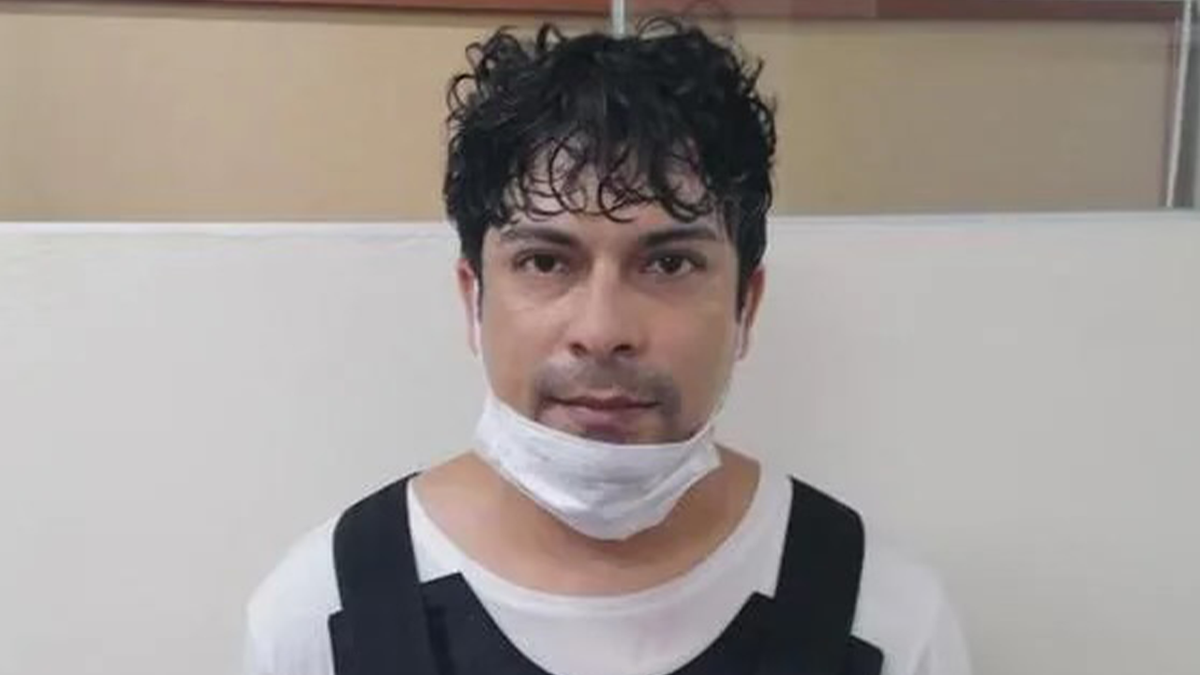
Gianfranco Torres-Navarro, the Peruvian gang leader wanted for 23 murders, was arrested by ICE after being caught and released at the border. (U.S. Immigration and Customs Enforcement)
Kennedy said that the federal database includes a list of people with mostly offenses that were committed in the U.S. and by people who are considered security threats, but there are lots of those who are security threats who are not identifiable, or their biometric data — such as fingerprints — is not being collected.
“So if you’re living in the mountains of Afghanistan and you go by a pseudonym, we have no idea [that] when you scan your fingerprints, you’re that guy,” Kennedy said, noting governments aren’t forthcoming with the data. “The Taliban government isn’t sharing that. The Venezuelans aren’t telling us who their gangsters or mobsters are. The Chinese aren’t telling us who their spies are, let alone the Russians or the Tajiks or anyone else.”
Kennedy said that added into the mix is the roughly 2 million so-called “gotaways” who crossed the border over the last three years but never encountered Border Patrol.
“We have no idea who they are,” he added.
Kennedy noted that when Border Patrol encounters migrants at the border, the agency asks for basic information such as their name, place of birth and also collects biometric information and registers it with the National Crime Information Center, a national database of all state and local crime information. It also processes the data through the National Vetting Center list, which co-ordinates with various federal agencies like TSA and co-ordinates with other countries.
“But that data is very limited, too, because that’s completely voluntary as to what countries submit … And worse than that, very few countries participate in agreements where they will share full and freely information about their criminal context,” Kennedy said.
“So we get very little information about foreigners crossing the border, and very little of it can be verified [and] many of the people who cross the border have no serious government documentation and sometimes none at all.”

Illegal immigrant Victor Martinez Hernandez is accused of savagely raping and murdering mother of five Rachel Morin in Maryland on Aug. 5, 2023. (Tulsa Police Department/ Facebook)
The ICE data from last week shows that among those on the non-detained docket, 62,231 were convicted of assault, 14,301 convicted of burglary, 56,533 had drug convictions and 13,099 convicted of homicide. An additional 2,521 have kidnapping convictions and 15,811 have sexual assault convictions.
It is not known how many of the noncitizens on the national docket entered the U.S. illegally or legally. For instance, a permanent resident Green Card holder who is convicted of a crime is subject to deportation once convicted and would therefore end up on the national docket.
Kennedy, who is the executive director of the Coalition for Law Order and Safety, a nonprofit research group which studies and advocates for effective public safety policies, said the lion’s share of the near 13,400 noncitizens convicted of homicide, carried out those killings while in the U.S., and that even if they have served their time they are not necessarily deported as their home countries can refuse to take them back.
ILLEGAL IMMIGRANTS WITH ‘TERRORISM TIES’ WILL CONTINUE TO EXPLOIT BORDER, HOMELAND SECURITY REPORT WARNS
That is because in 2001’s Zadvydas v. Davis, the Supreme Court ruled it unconstitutional to indefinitely detain people who would otherwise be deported if they cannot be deported.
Kennedy said there is no exact figure of the actual homicide crime convictions rate of noncitizens, but it can be gauged by extrapolating the numbers from a Texas investigation into noncitizen crimes and then applying them to the national rate.
That investigation, by the Texas Department of Public Safety (DPS), found that since June 2011, illegal immigrants have been charged with over 1,100 homicides, more than 3,500 sexual assaults and 3,700 other sex offenses.
It meant that the overall Texas homicide conviction rate in that period was 2.88 per 100,000 residents, while the illegal immigrant rate was 3.25 per 100,000 residents, or 13% higher. Legal immigrants, by contrast, were convicted of homicide at significantly lower rates than illegal immigrants and the overall Texas population.
“So if we extrapolate that across the United States, there would be tens of thousands of people in addition to these 13,000 who’ve committed a homicide here,” Kennedy explained.

Jocelyn Nungaray, 12, was found strangled to death in a Houston creek. Venezuelan migrants Franklin Pena, 26, and Johan Martinez-Rangel, 22, were indicted last month on capital murder charges in connection with Nungaray’s murder. (Fox Houston courtesy of the Nungaray family)
“There is a large number of people who are committing crimes in the United States who are here illegally that we know about. And there is a large number of people who are committing crimes in the United States who we don’t know about. They could be gotaways or somehow slipped through the cracks in another way and that population is a wild card for US law enforcement because we can’t deport them.”
“When you’re importing hundreds of thousands of young El Salvadorian men, or Venezuelan men, which for decades were homicide capitals of the world, it’s likely that many of them have committed murder or have been accomplices to murder because their homicide rates were 20 times the U.S. rate,” Kennedy added.
The Texas DPS investigation found that more than 20% of its incarcerated illegal immigrant killers were unknown to DHS, Kennedy said, adding this is likely replicated across other states as well – bringing the figures even higher again.
“These are all preventable crimes. If these people hadn’t come here, they wouldn’t have committed these crimes,” Kennedy explained. “So when we know someone has a criminal history, we have an obligation to protect our citizens first, not import the world whom some of them are criminals and offenders and violent and terrorists and other threats to U.S. public safety.”
Read the full article from Here
Los Angeles, Ca
Serial arson suspect arrested for string of destructive fires in downtown L.A.

An arson suspect accused of setting destructive fires around downtown Los Angeles was arrested.
The suspect, Victor Marias, 31, was taken into custody Thursday after police reportedly spotted him igniting a pile of trash on fire.
Marias is believed to be responsible for at least four blazes in the downtown L.A. area dating back to 2023, according to the Los Angeles Fire Department.
On July 19, crews responded to a large fire on Kohler Street between 7th and 8th Streets. The flames had spread to several commercial buildings and took over five hours to extinguish. An estimated $7 million in damages were left behind.
“Arson investigators quickly made entry into the structure while it was still burning to find and extract a hard drive that held the surveillance footage of the fire actually being set,” said LAFD Captain Erik Scott.
Investigators have linked Marias to at least three other fires, including two that occurred in the same location on Willow Street on Sept. 22 and Oct. 3.
“Residents provided investigators with video footage that showed the suspect gathering garbage throughout the day, placing it at the front door of the business and then later that evening, he returned and lit the trash on fire,” Scott said.
In both cases, nearby residents provided surveillance footage reportedly showing the man collecting combustible items, setting them on fire and casually walking away.
At the time of his arrest, Marias was on probation for a blaze that damaged a building on Palmetto Street in August 2023. In that incident, he was seen pouring an accelerant inside the building before lighting it on fire.
On Friday, his case was presented to the Los Angeles County District Attorney’s Office as he faces multiple felony charges of arson of a structure and arson of property, along with a probation violation.
“The crime of arson is egregious because it not only threatens widespread damage to property, but threatens the lives of first responders and the public,” LAFD said.
He is currently being held without bail. He is expected to appear in court on Monday, Oct. 6.
Authorities are asking anyone with evidence that could link additional fires to the suspect to email LAFDArson@lacity.org.
-
/cdn.vox-cdn.com/uploads/chorus_asset/file/25439572/VRG_TEC_Textless.jpg)
/cdn.vox-cdn.com/uploads/chorus_asset/file/25439572/VRG_TEC_Textless.jpg) Technology3 days ago
Technology3 days agoCharter will offer Peacock for free with some cable subscriptions next year
-

 World2 days ago
World2 days agoUkrainian stronghold Vuhledar falls to Russian offensive after two years of bombardment
-

 World2 days ago
World2 days agoWikiLeaks’ Julian Assange says he pleaded ‘guilty to journalism’ in order to be freed
-

 Education1 week ago
Education1 week agoVideo: Los Angeles Bus Hijacked at Gunpoint
-

 Technology2 days ago
Technology2 days agoBeware of fraudsters posing as government officials trying to steal your cash
-

 Politics1 week ago
Politics1 week agoSecret Service agent accused of sexually assaulting Harris campaign staffer: report
-
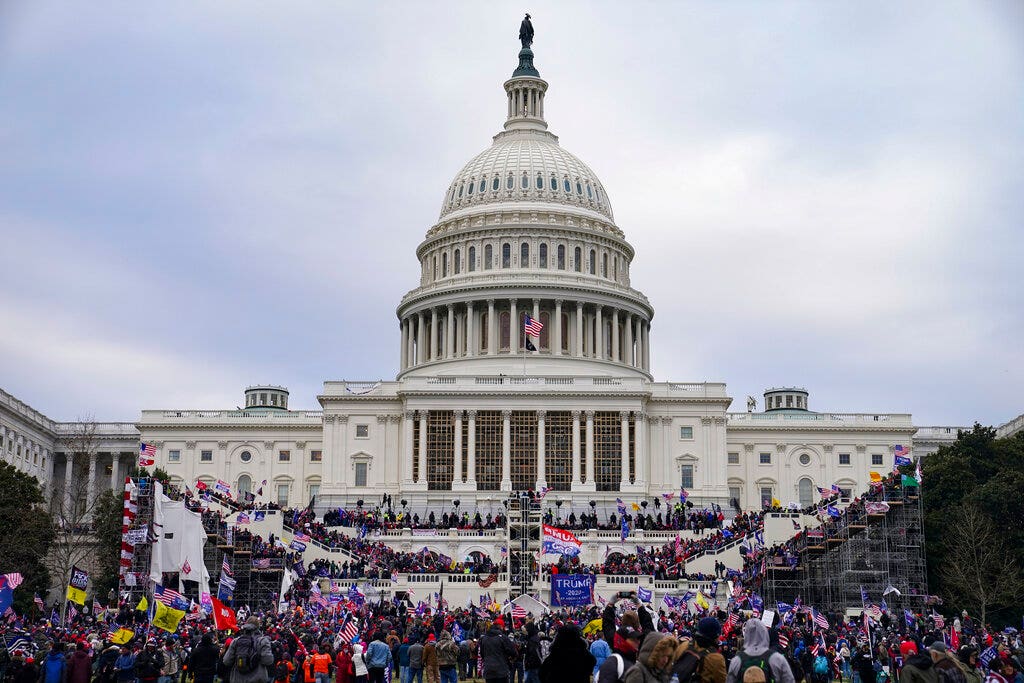
 Politics1 week ago
Politics1 week agoDOJ inspector general does not deny FBI informants were among Jan 6 crowd
-

 World1 week ago
World1 week agoPutin outlines new rules for Russian use of vast nuclear arsenal






















